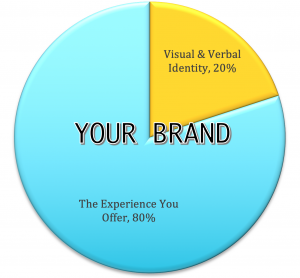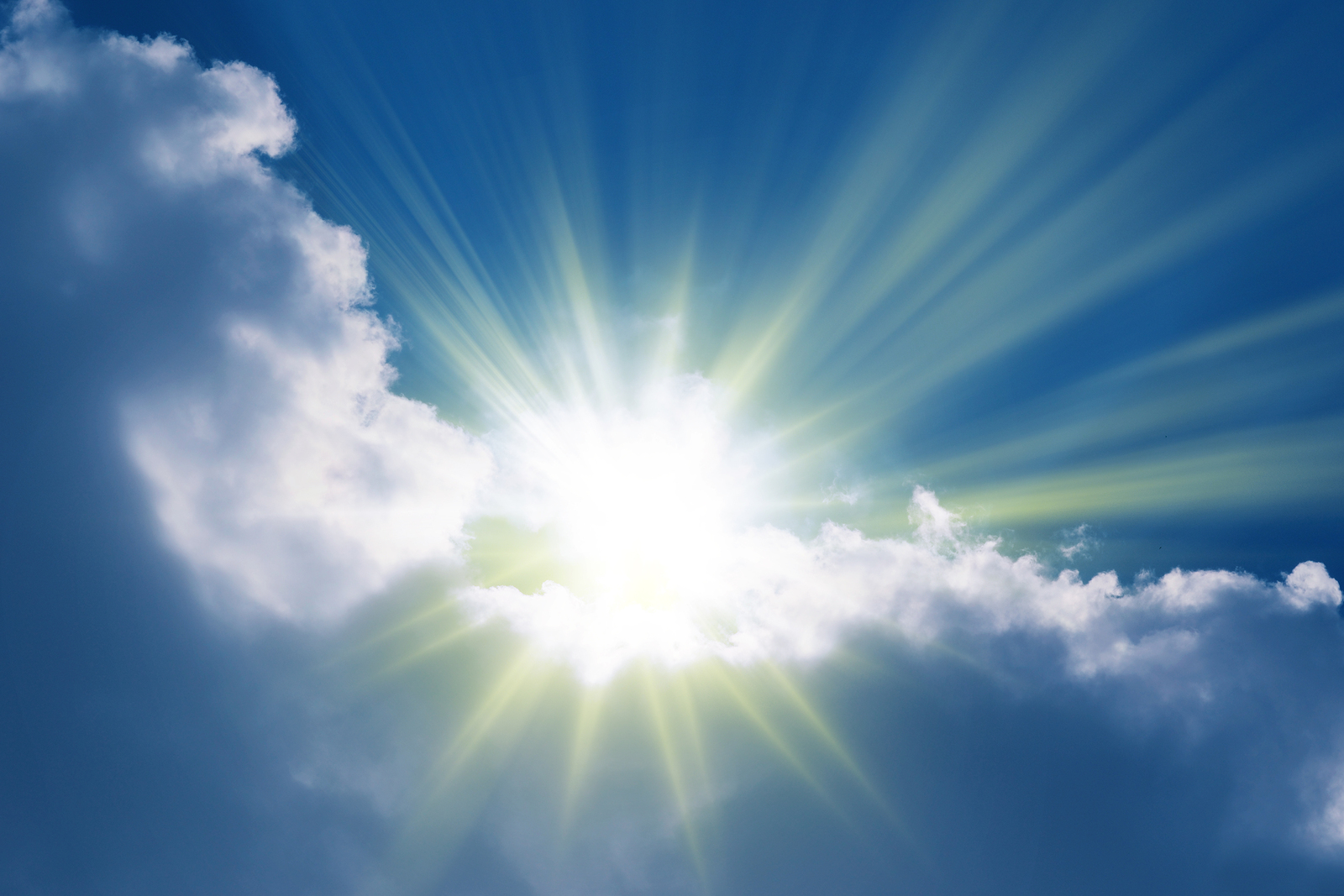Catch the Year in Review podcast episode releasing on 12/24/25!
Intentional brand building for Financial Advisors
Hey, it’s Kristin!
Kristin is the former founder of a niched RIA that she grew from zero to six figures of revenue in less than three years, completely from scratch. In 2014 Kristin transitioned full time into training and coaching, where she now helps independent financial advisors build Version 2.0 of their firm while living a fulfilled personal life along the way.
The benefits of intentional brand building to advisors
With 300,000 financial advisors in the United States competing for attention, you need to be clear on how you differentiate your brand in the marketplace. When you have clarity, so will the people who are the best fit for your firm. They will understand who you are, what you do, and why you’re right for them.
Intentional brand building brings many benefits. As you align your client attraction and relationship-building strategies with your brand strategy, you stand out and radiate beyond the success of a single tactic. You can bring consistency in the style, tone and frequency of your prospect and client communications that elevates your marketing efforts. You create a “halo effect.”
The halo effect is also known as your brand equity. This depth of personality and attraction brings the unquantifiable extra that helps you escape commodity status. You can even choose to charge premium prices if you do it well (and it fits with the brand you built).

One of the most relieving benefits of brand clarity is easier decision-making in all areas of your practice. You’ll know what is ‘on brand’ when it comes to marketing, sales, operations, and hiring. You will know what to look for in partners and service providers, too.
Finally, the bottom-line impact of intentional branding is an increase in your profits. You are able to lower your costs as you invest more efficiently in initiatives that enhance your brand. You will waste fewer dollars on general efforts that atrophy your equity. When you care and deliver on your brand strategy, you attract more clients of the right clients. You increase your conversion and create brand advocates. These ambassadors naturally share their experience of your brand, fueling the growth of your business alongside your proactive efforts.
The 20/80 rule of brand strategy
What often comes to mind when you think of your brand is your name, logo and a color palette. While this visual or verbal representation is important, your brand is much bigger than that. Not simply a mark or a tagline, your brand is the intangible value that people associate with your product or service that differentiates you from all other service providers.

It is your story; it must be told regularly, over time, throughout the experience you offer.
Twenty percent of your brand building comes from consistent use of graphic elements. To do this well you or a designer need(s) to create brand style guidelines. These guidelines should include:
- Primary & secondary colors: HEX, CMYK, and RGB
- Logo options: different background color combinations, horizontal and stacked layouts, and a black & white option.
- Font choices for print and web use
- Photo style/image selection
- Style standards and color use for charts and infographics
How to build your brand equity
Gaining the benefit of the other 80% is more difficult. You build brand equity through the experience you offer. How do you create equity in your brand that will form trust and initiate the halo effect? The starting point is to identify the stakeholders in your brand experience.
A stakeholder is anyone who interacts with your brand in any way. Your employees, your prospects, colleagues or partners all experience your brand. So do your leads, prospects, and clients. Do not overlook the media, the industry, contractors, and service providers. Once you have named all of the stakeholders, you can isolate and evaluate the specific experience each constituent has with your brand. Your goal is to determine if the interaction enhances, has a neutral effect or diminishes your brand.
Focus first on the area you want to improve most. If you want to be more cognizant of the prospect’s experience, list out all interactions a new person encountering your brand encounters. For each touchpoint, decide if there is a change you can make it that will augment your brand.
Here are a few examples that may affect leads’ and prospects’ perception of your brand:
- The way you answer you phone or greet visitors
- The furniture and decor in your office
- The technology you use
- The backdrop to your video calls
- What you wear
- The way prospects schedule or ask questions
- The media outlets who have featured your firm
- Your welcome packet or introductory materials
- Your follow-up communications: message, mode, and frequency
How can you tell what’s right for your brand? Practice this simple exercise. Return to the three elements you defined in your brand strategy. You will want to consider the people whom you want to serve and the personality you want to represent. As you evaluate an effort in your firm, ask yourself one question:
“Is this on brand?”
ON BRAND
An initiative that is on brand will deliver a Yes answer to these questions:
- Does this feel natural?
- Is this something your “person” would say or do?
- Does this initiative fit with who they are?
- Does this interaction reinforce your person’s values, attributes, and energy?
Examples:
- If your brand personality is unpretentious, does your office space reflect this? What about the language on your website or the vocabulary you use in conversation?
- If you value flexibility, do you offer evening meetings? Alternative work schedules for employees?
- If you stand for quality and integrity, do you refer a journalist to a better source even if it means you lose the opportunity? Do you postpone a client meeting if you do not feel you have prepared properly?
OFF BRAND
- Is it out of character for your “person”?
- Does your “person’s” stomach feel upset when you consider this effort?
- Are you contradicting your person’s values?
- Does this initiative generate a negative vibe?
Examples:
- Do you serve water in a plastic bottles when you offer ESG investing?
- Are you supporting organizations or referring to professionals who fail to put the client’s interest first?
- Is health and wellness a value but your only offer basic benefits to your employees?
Of course, not all efforts have a negative or positive effect on a brand. Some initiatives and choices are simply brand neutral. The more you can be intentional to reinforce your brand, the more brand equity you create.
Start building your brand with intention
Figuring out where to start to improve your brand’s strength can be tricky, especially if you are a larger RIA. Begin by creating a mindmap that shows each of the touchpoints of your brand for each of the stakeholders. Evaluate your brand across every connection. What is the experience that person encounters? Identify improvement areas and begin the process of building brand equity intentionally.
Be patient as you embark on this effort. Branding takes time and thought to gain momentum. Act in alignment with your brand and soon it will become second nature.
Hey, it’s Kristin!
Kristin is a CERTIFIED FINANCIAL PLANNER™ professional. Managing her own firm, she grew it from zero to six figures in less than three years, completely from scratch. In 2014 Kristin transitioned full time into training and coaching, where she now helps independent financial advisors to grow their firms.
Find fulfillment faster!
Get the latest tips, articles, podcast episodes and more
from Full Advisor coaching. Sign up for our mailing list today.
Full Advisor Coaching | Designed by Blush Cactus
©2025 Broderick Street Partners, LLC DBA Full Advisor Coaching
